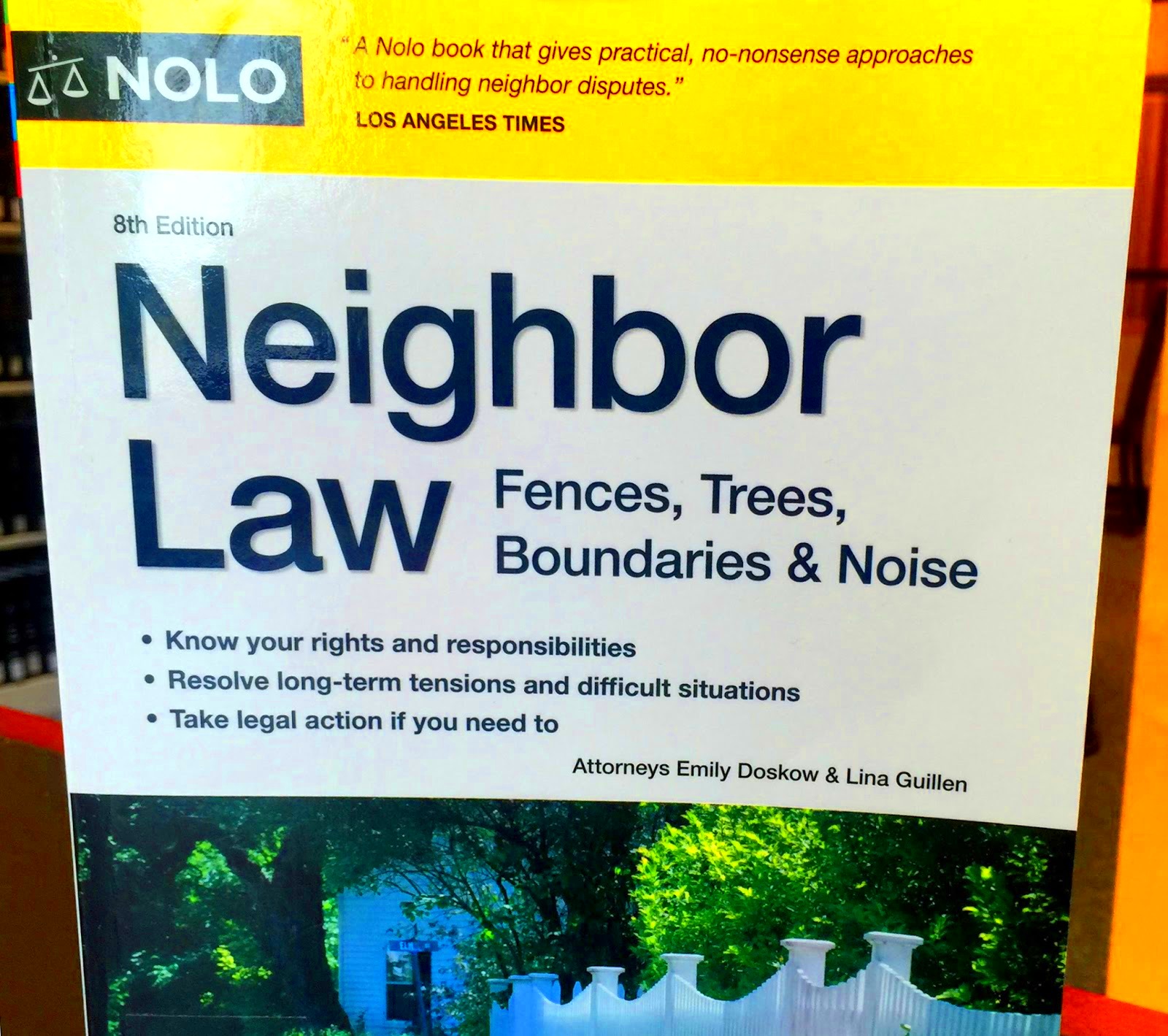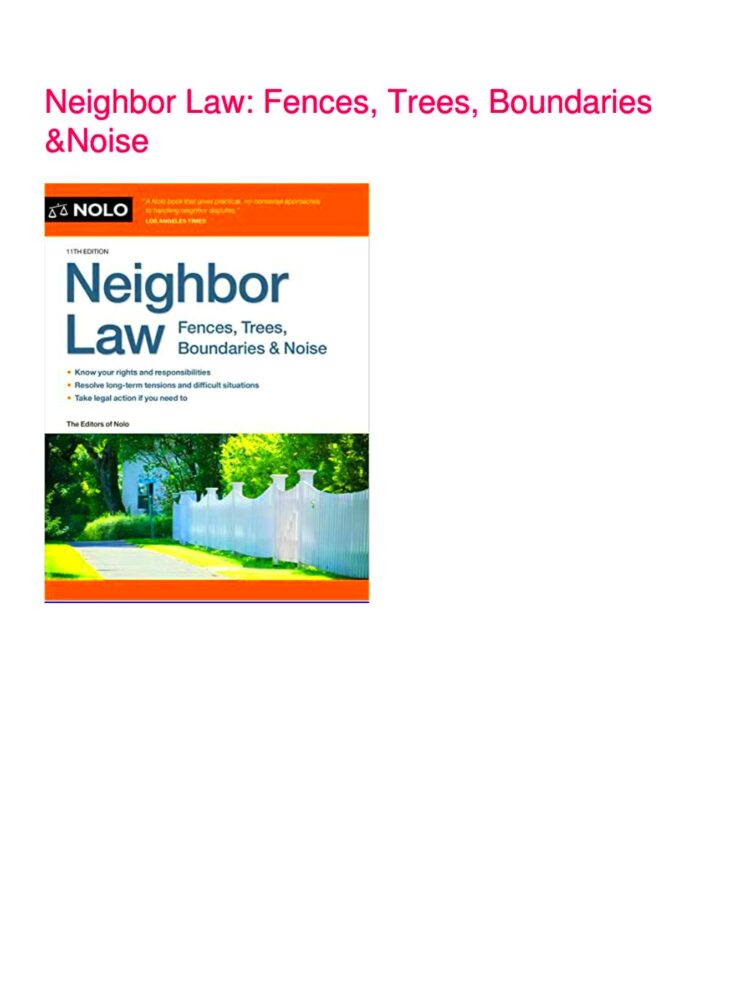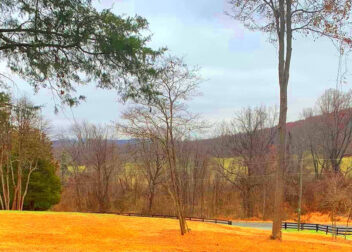Wisconsin Neighbor Tree Law Explained
The Neighbor Tree Law in Wisconsin provides a framework for resolving disputes between neighbors over trees. Trees can be beautiful and provide shade, but they can also be a source of conflict. Knowing this law can help you handle these cases in an easier way. This law defines the rights and obligations of parties involved when it comes to trees that go beyond the property lines. If you are worried about branch extensions onto your lawn or tree roots on your land, then having knowledge about its legal framework would save you some time as well as reduce your stress levels.
Importance of Trees in Neighbor Relations

Trees offer more than scenery for the environment; they contribute significantly to social networks. For this reason, trees are important in relationships between neighbours:
- Beauty and Aesthetics: Trees enhance the visual appeal of neighborhoods, making them more inviting.
- Shade and Cooling: Trees provide shade, which can lower energy bills during hot months.
- Wildlife Habitat: Trees support local wildlife, contributing to biodiversity.
- Community Bonding: Well-maintained trees can lead to pride in the neighborhood and foster social interactions.
Nevertheless, trees can create difficulties when they are not properly taken care of because of these reasons. In addition, it is very important to have effective communication and comprehension regarding tree care practices in order to preserve healthy neighborly relations.
Defining Tree Ownership and Responsibilities
Being able to tell who the rightful owner of a tree is and what duties lie in that ownership, is of great significance. In Wisconsin, this principle stands as:
- If a tree is planted on the property line, both neighbors share ownership and responsibility for its care.
- If a tree is entirely on one person’s property, that person is responsible for its maintenance and any damages it may cause.
Here are some specific obligations that come with having trees:
| Responsibility | Description |
|---|---|
| Maintenance | Keeping the tree healthy by pruning and watering. |
| Removal | Taking down a tree if it poses a danger to the neighbor’s property. |
| Damage Control | Addressing any damage caused by falling branches or roots. |
Understanding these facets serves to avert misinterpretations and encourage collaboration among neighbors.
Understanding Tree Disputes Between Neighbors
Disputes about trees, especially among neighbors can be complex and fuming. They occur as a result of misinterpretation or poor communication. The commonest problems are tree branches hanging over on their neighbor’s property, tree roots destroying other people’s property,; trees that spread leaves resulting to accumulation of debris in some yards etc Nevertheless it is important to know how you can handle such problems amicably with your neighbors. The more you are aware of legal considerations or expectations of neighbors, the better equipped you will be to deal with disputes.
Below are some widespread types of tree disagreements:
- Overhanging Branches: When branches extend over property lines, they can block sunlight and drop leaves, leading to complaints.
- Roots Causing Damage: Tree roots can damage foundations, sidewalks, and driveways, leading to costly repairs.
- Tree Health and Maintenance: Disagreements about the condition of a tree can lead to disputes, especially if a neighbor believes a tree is unhealthy.
In such cases, communication should maintain its openness. Just a simple conversation with one another can frequently alleviate any worries before things get out of hand. If it doesn’t go down, consult Neighbor Tree Law for making things clearer regarding the issue.
What to Do If a Neighbor’s Tree Causes Damage
It is important to take immediate action in such a way as to avoid making it worse if any tree from your neighbors land has caused damages on yours. The following are some of the steps that may be undertaken:
- Document the Damage: Take clear photos of the damage for your records. This evidence may be crucial later.
- Communicate with Your Neighbor: Approach your neighbor calmly and discuss the issue. They may not be aware of the problem.
- Check Your Insurance: Review your homeowner’s insurance policy. Some policies may cover damage caused by trees.
- Seek Professional Advice: If the situation escalates, consider consulting with a tree expert or an attorney for advice on your rights and options.
Keep in mind that it’s preferable to tackle these scenarios with a collaborative attitude. Often times, a congenial chat could result into an agreement that benefits both interests.
Legal Steps to Resolve Tree Disputes
In case there is lack of agreement about the tree, legal action is inevitable. This is how you can go through the process:
- Review the Neighbor Tree Law: Familiarize yourself with Wisconsin’s regulations regarding trees and property rights.
- Attempt Mediation: Consider mediation as a first step before taking legal action. A neutral third party can help facilitate discussions.
- Send a Formal Notice: If mediation doesn’t work, you can send a formal notice to your neighbor outlining your concerns and the steps you expect them to take.
- File a Claim: If the issue remains unresolved, you may need to file a claim in small claims court. Be prepared with your documentation and any evidence of your attempts to resolve the issue amicably.
- Attend Court: If the case goes to court, present your evidence clearly. The judge will make a ruling based on the law and the facts presented.
Whenever you want to enter an argument, the first thing is to try and communicate with your neighbor before involving lawyers. One of the most important things in this life is keeping good relations with your neighbors because they will always be there for you when you need them.
Preventative Measures for Neighborly Harmony
Due to Contacts Tree Relations, always good relations with your neighbors can make a big difference for this situation. It’s always better to prevent conflicts than to resolve them later. Practical steps to foster peace include the following:
- Open Communication: Talk to your neighbors about your trees and theirs. Discuss any concerns openly and listen to each other’s viewpoints.
- Regular Maintenance: Keep your trees healthy and trimmed. Regular maintenance can help prevent issues like overhanging branches or falling debris.
- Set Boundaries: Clearly mark property lines to avoid misunderstandings about where trees are planted.
- Be Considerate: If you plan to plant new trees, consider their height and spread. Plant them a reasonable distance from property lines.
- Share Information: If you have trees that are particularly beautiful or interesting, invite your neighbors to appreciate them with you. This fosters goodwill and can strengthen relationships.
Taking these prompted measures guarantees that trees will continue being an object of delight instead of conflict.
Frequently Asked Questions About Wisconsin Neighbor Tree Law
Below are several frequent inquiries often made by individuals about Wisconsin’s Neighbor Tree Law.
| Question | Answer |
|---|---|
| What happens if my neighbor’s tree damages my property? | If a neighbor’s tree causes damage, you should document the damage, talk to your neighbor, and consider mediation if necessary. |
| Can I trim branches that overhang my property? | Yes, you can trim branches that cross into your yard, but it’s best to discuss this with your neighbor first. |
| Are roots considered property damage? | Yes, if roots damage your property, you may have grounds to discuss the issue with your neighbor. |
| What if we can’t reach an agreement? | If discussions fail, consider mediation or legal action as a last resort. |
Knowing these questions can simplify the legalities and help with any issues that are related to trees.
Conclusion on Neighbor Tree Law in Wisconsin
The Wisconsin Neighbor Tree Law offers a structure for settling tree-related disagreements between neighbors. Understanding your privileges and responsibilities is one way of avoiding possible misunderstandings as well as disputes. Open communication between neighbors about their trees and regular care of these trees can help them to live together harmoniously. In case you encounter any problem, do not hesitate to refer back to the law or ask for professional advice on the matter. With minimal efforts, one can make sure that their surrounding area has the advantage of trees that are nice looking and picturesque within it; thus in other words, beautiful trees never bring about any conflict among residents (if they are happy). Hence it is correct to say that good trees make happy families!


